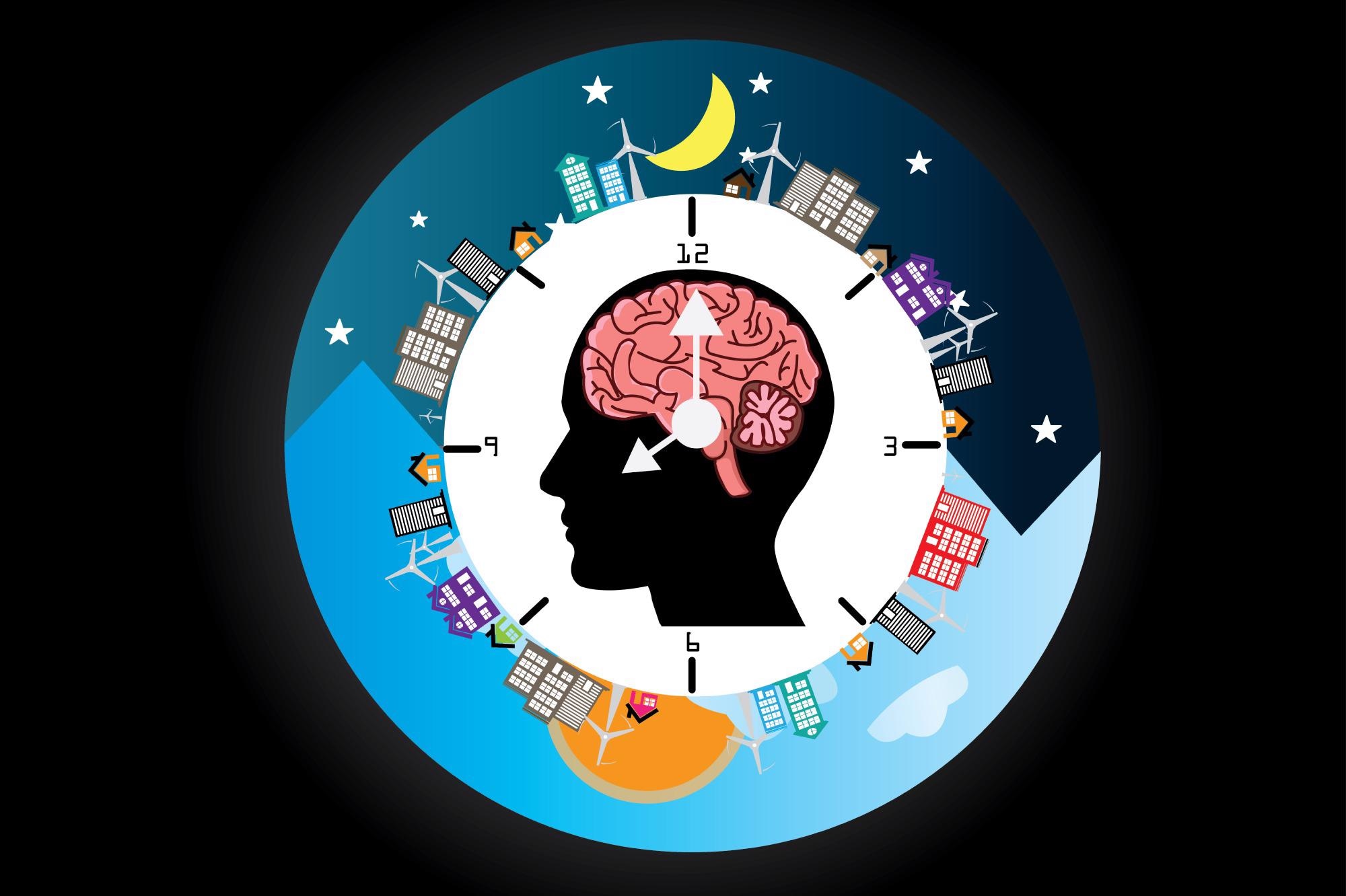Almost every living thing on Earth has a circadian rhythm, an innate biological clock that has developed in response to natural time patterns that influences the physiology and behavior of everything, from bacteria to plants to people.
New research has helped to develop our understanding of how these internal timekeepers work in animals. Published this year in the journal the Proceedings of the National Academy of Sciences, a team of scientists from the University of Michigan describes how the passage of time is reflected by the location of clock proteins and gene fluctuations. Their research demonstrates that spatial information is being translated into signals that tell the time, acting as an internal clock.
This work will be important to developing therapeutic approaches to tackling sleep and metabolic disorders, as well as cancer, given the role of biological clocks in the division of cells.

Image Credit: kanyanat wongsa/Shutterstock.com
Biological clocks are constructed of proteins
While human life has changed drastically over millennia, the succession from day to night, the 24-hour cycle has always influenced humans and the plants and animals with who we share the planet. Research has shown that many species have internalized this natural rhythm in the form of a circadian clock.
The purpose of this biological clock is to manage the time course of a variety of processes, including biochemical, behavioral, and physiological. Without these internal time-keeping systems, our biological performance would not be optimized and we would not be able to prepare for changes in environmental conditions.
Almost every tissue and organ in our bodies contain biological clocks, these timekeepers are composed of specific proteins that interact with a wide range of cell types in different locations in the body. Research has revealed that genes in humans (and a host of other organisms) that are responsible for constructing the components of these biological clocks.
In recent years, research into internal timekeeping has yielded revolutionary data and the discovery of the genes driving these clocks led to the Nobel Prize in 2017. However, the full understanding of how circadian rhythms work remained elusive until recently.
Scientists at the University of Michigan conducted a study on the simple biological clocks found in fruit flies to reveal that the subcellular location of clock proteins and genes are influenced by passing time, demonstrating the translation of spatial information into time information. This translation is vital to the functioning of circadian rhythms.
Protein movement translates to time measurement
Circadian rhythms are generated by the rhythm of gene expression, which is influenced by environmental cues (such as light and dark). Certain types of genes are expressed more strongly during the hours of daylight, whereas others are more abundant in the dark. The sleep-wake cycle is perhaps the best-known example of a process managed by the circadian rhythm. Levels of the hormone melatonin fluctuate in response to light and dark, reaching its highest in the evening, resulting in drowsiness.
In addition to the sleep-wake cycle, the human body is home to many other processes that fluctuate over the 24-hour day. These processes are controlled by RNA expression that elevates and reduces in a cyclical fashion. Biological clocks that exist in all eukaryotes, such as humans, are managed by a simple negative feedback loop.
The cells of the body make clock proteins and once levels of which reach a certain threshold, they enter the cell’s nucleus and inhibit their own mRNA production. Researchers studying the fruit fly have found four proteins involved in the running of the fruit fly clock that they have named clock, cycle, period, and timeless.
These proteins produce a feedback loop and oversee the expression of genes relating to managing the clock. The University of Michigan scientists used the gene-editing technique CRISPR to tag the clock gene that codes for the period protein and using a high-resolution microscope, they recorded its oscillations over a 24-hour period.
The team found that the ‘period’ protein was incredibly organized within the cell. They observed the proteins produce foci, distinct arrangements in spherical fashion along the edge’s of the cell's nuclear envelope during the period while the genes are not being expressed. Every 12 hours, the genes were observed to move towards the nuclear envelope then back again. This movement is responsible for producing the circadian rhythm.
Additionally, it was found that flies exhibited abnormal behavior in response to the regular 24 hour light cycle when their cells were missing a nuclear envelope. Disrupting the process of the cyclical movement of the ‘period’ protein had the impact of disrupting the fly’s sleep/wake cycle.
The evidence produced by this new study has provided fundamental knowledge on how circadian clocks are managed at a subcellular level. It shows how proteins manage circadian processes, such as the sleep/wake cycle. We know that in old age, in sleep and metabolic disorders, and in cancer, these clocks can become disrupted. This research opens up avenues to potentially developing therapeutic approaches to addressing these illnesses.
Sources:
- Holzberg, D. & Albrecht, U., 2003. The circadian clock: A manager of biochemical processes within the organism. Journal of Neuroendocrinology, 15(4), pp.339–343. https://pubmed.ncbi.nlm.nih.gov/12622831/
- Takahashi, J.S., 2016. Transcriptional architecture of the mammalian circadian clock. Nature Reviews Genetics, 18(3), pp.164–179. https://www.nature.com/articles/nrg.2016.150
- Xiao, Y. et al., 2021. Clock proteins regulate spatiotemporal organization of clock genes to control circadian rhythms. Proceedings of the National Academy of Sciences, 118(28). https://www.pnas.org/content/118/28/e2019756118
Further Reading
Last Updated: Jul 21, 2022